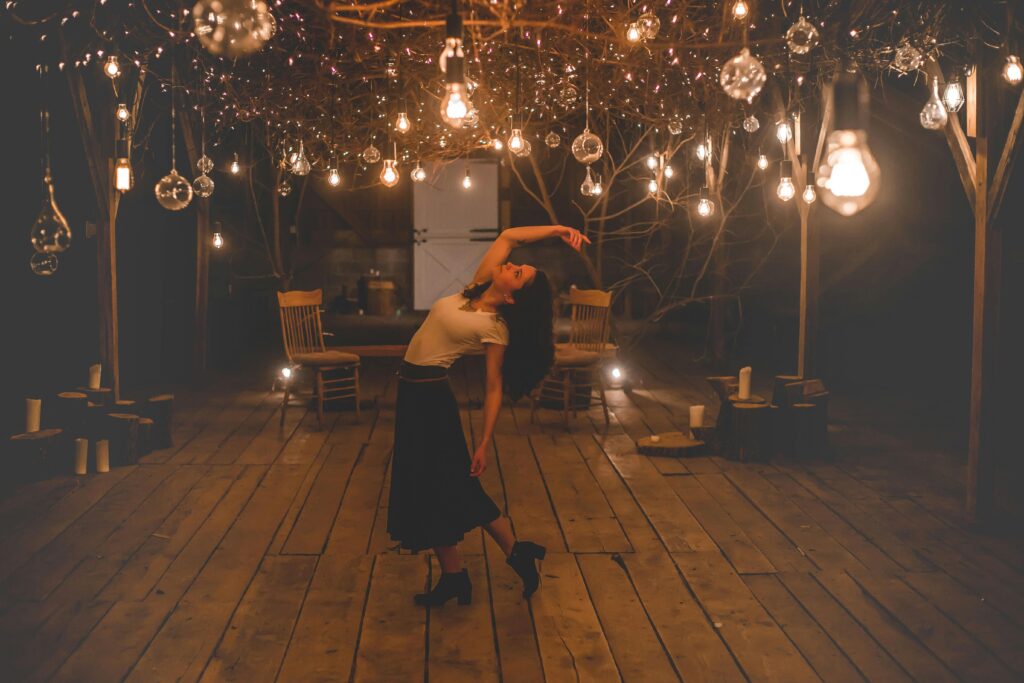Lighting is one of the most powerful yet underrated elements of interior design. It doesn’t just brighten a room—it shapes how we feel, think, and behave within that space. From the warmth of a bedside lamp to the crisp clarity of office fluorescents, lighting influences everything from productivity to relaxation. Understanding the psychology of lighting helps you design spaces that don’t just look good but also feel good.
Contents
Warm vs. Cool Light: Setting the Tone
Light temperature plays a huge role in mood. Measured in Kelvins (K), the color temperature of a bulb determines whether a room feels cozy or clinical.
- Warm Light (2,700–3,000K): This golden glow mimics sunrise or sunset. It encourages relaxation, making it ideal for living rooms, bedrooms, and dining areas. Think of it as the light that invites you to curl up with a book or enjoy a lingering dinner.
- Cool Light (4,000–5,000K): Crisp and bluish, cool light promotes alertness and focus. It’s perfect for task-oriented spaces like kitchens, home offices, and bathrooms. Too much, however, can feel harsh and uninviting.
- Daylight (5,000–6,500K): This simulates natural daylight and can energize a space. It works well in workspaces but should be balanced carefully in homes to avoid feeling sterile.
By choosing the right temperature, you set the emotional tone of the room.
Brightness and Behavior
The intensity of light affects more than just visibility. It can subtly influence mood and even decision-making.
- High Brightness: Bright, well-lit environments tend to increase alertness and energy. This is why retail stores and offices often use brighter lighting to keep people engaged.
- Soft, Low Light: Dim lighting fosters intimacy and relaxation. Restaurants often use this strategy to create a romantic or cozy atmosphere.
The key is flexibility. Using dimmer switches allows you to adjust brightness to match the time of day or activity.
The Role of Light Placement
Where you position lights in a room is just as important as their brightness or color.
- Overhead Lighting: Provides general illumination but can sometimes feel harsh on its own. Pairing with softer lamps balances the space.
- Task Lighting: Direct, focused light helps with activities like reading, cooking, or working. Desk lamps, under-cabinet kitchen lights, and vanity bulbs are good examples.
- Accent Lighting: This highlights artwork, architectural features, or textured walls, adding depth and personality.
- Layered Lighting: Combining all three types—ambient, task, and accent—creates a dynamic space that adapts to mood and function.
Strategic placement prevents glare and shadows, ensuring both comfort and functionality.
Shades and Fixtures: More Than Style
Lampshades and fixtures don’t just influence aesthetics; they filter and direct light in ways that impact mood.
- Opaque Shades: Cast light upward or downward, creating a dramatic, intimate effect.
- Translucent Shades: Soften light and spread it evenly, making spaces feel warm and inviting.
- Reflective Fixtures: Metallic or glass finishes bounce light around the room, enhancing brightness and energy.
Choosing the right shade or fixture allows you to fine-tune the atmosphere while complementing your décor.
Natural Light: The Ultimate Mood Booster
While artificial lighting is essential, nothing beats the psychological benefits of natural light. Exposure to daylight regulates our circadian rhythms, boosts mood, and increases productivity. Maximizing windows, using sheer curtains, and placing mirrors strategically can amplify natural light indoors.
When natural light isn’t an option, full-spectrum bulbs can mimic its benefits, helping to combat seasonal mood dips.
Lighting is more than a design detail—it’s a mood-setting tool that shapes how we experience spaces. Warm bulbs encourage relaxation, cool tones sharpen focus, and thoughtful placement ensures comfort and balance. By paying attention to the psychology of lighting, you can transform any room into not just a place to live, but a place to feel.
So next time you shop for bulbs or rearrange a room, remember: the right light can make all the difference.

